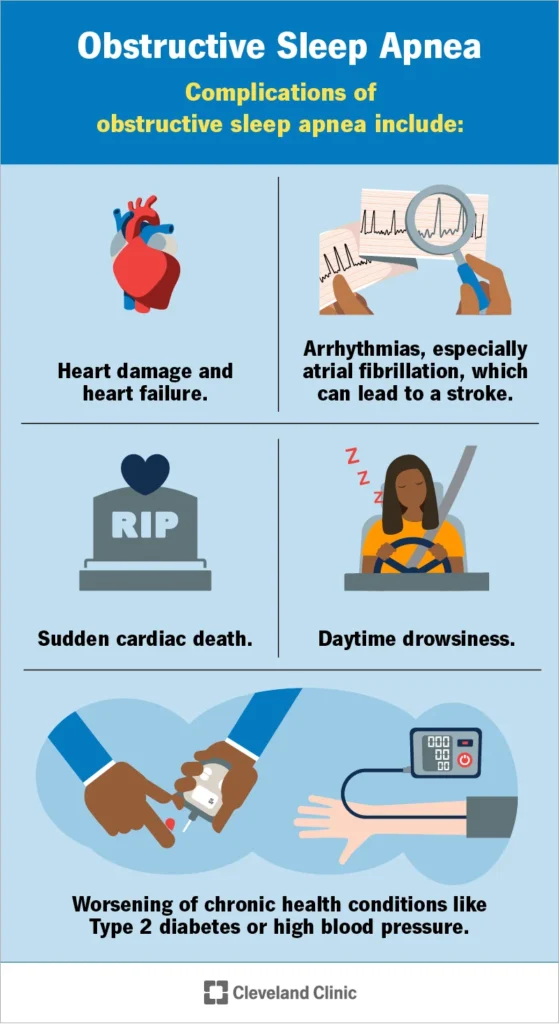Silence the Snore: How a Mouthpiece Can Help with Restless Leg Syndrome
Restless Leg Syndrome (RLS) is a common neurological disorder that affects millions of people worldwide. It is characterized by an uncontrollable urge to move one’s legs, often accompanied by unpleasant sensations such as tingling, itching, or burning. RLS can significantly impact one’s quality of life, causing difficulty falling or staying asleep, leading to excessive daytime sleepiness and fatigue. While there is no cure for RLS, various treatment options are available to manage its symptoms. One such option that has gained popularity in recent years is using a mouthpiece to help alleviate RLS symptoms and improve sleep quality.
Understanding Restless Leg Syndrome
Restless Leg Syndrome is a disorder of the nervous system that causes an irresistible urge to move one’s legs. This urge is often accompanied by an uncomfortable sensation that can range from mild to severe. The symptoms of RLS typically worsen at night or during periods of rest, making it difficult for individuals to fall asleep or stay asleep. This disruption in sleep can lead to daytime fatigue, irritability, and difficulty concentrating.
The exact cause of RLS is unknown, but it is believed to be related to a dysfunction in the part of the brain that controls movement. It can also be linked to other underlying health conditions such as iron deficiency anemia, kidney disease, or pregnancy. RLS can run in families, indicating a genetic component to the disorder.
Traditional Treatment Options for RLS
There is currently no cure for RLS, but various methods can help manage its symptoms. The most common treatment options include lifestyle changes, medication, and therapy. Lifestyle changes may include avoiding caffeine and alcohol, incorporating regular exercise, and practicing good sleep hygiene. Medications such as dopamine agonists, opioids, or anticonvulsants can help reduce RLS symptoms, but they can also have side effects.
Cognitive Behavioral Therapy (CBT) may also be beneficial in managing RLS symptoms. This therapy can help individuals learn relaxation techniques and coping strategies to manage the discomfort associated with RLS. While these treatment options may be effective for some, they may not work for everyone. This is where using a mouthpiece comes into play.
The Role of a Mouthpiece in Treating RLS
A mouthpiece, also known as an oral appliance, is a custom-made device that fits over the teeth and is worn during sleep. It is commonly used to treat sleep disorders such as Sleep Apnea, but it has also shown promise in managing RLS symptoms. The mouthpiece works by gently advancing the jaw and opening the airway, which can help reduce the frequency and intensity of leg movements during sleep.

Silence the Snore: How a Mouthpiece Can Help with Restless Leg Syndrome
One theory for why a mouthpiece may be beneficial for RLS is that it helps improve breathing and oxygenation during sleep. Research has shown that individuals with RLS may have periods of apnea (temporary cessation of breathing) during sleep, leading to decreased oxygen levels in the body. This can trigger RLS symptoms or make them worse. By improving breathing and oxygen levels, the mouthpiece may help reduce RLS symptoms and improve sleep quality.
Benefits of Using a Mouthpiece for RLS
Some of the potential benefits of using a mouthpiece for RLS include:
1. Non-invasive: Unlike some other treatment options for RLS, using a mouthpiece is non-invasive and does not require any surgery or medication.
2. Customizable: A mouthpiece is custom-made for each individual’s mouth, ensuring a comfortable and proper fit.
3. Easy to use: Mouthpieces are easy to use and require minimal maintenance, making them a convenient option for managing RLS.
4. Cost-effective: In comparison to other treatment options, a mouthpiece for RLS is relatively affordable and can be a cost-effective long-term solution.
5. Improves sleep quality: By reducing RLS symptoms, a mouthpiece can improve sleep quality, leading to better overall health and well-being.
It is essential to note that using a mouthpiece for RLS may not work for everyone. It is always best to consult with a healthcare professional before trying any new treatment for RLS. They can help determine if a mouthpiece is a suitable option for you based on your specific symptoms and medical history.
In conclusion, Restless Leg Syndrome is a common disorder that can significantly impact an individual’s quality of life. While there is no cure for RLS, various treatment options are available to manage its symptoms, including using a mouthpiece. This non-invasive, customizable, and cost-effective option can help reduce RLS symptoms, improve sleep quality, and ultimately improve one’s overall health and well-being.
SEO Metadata:
